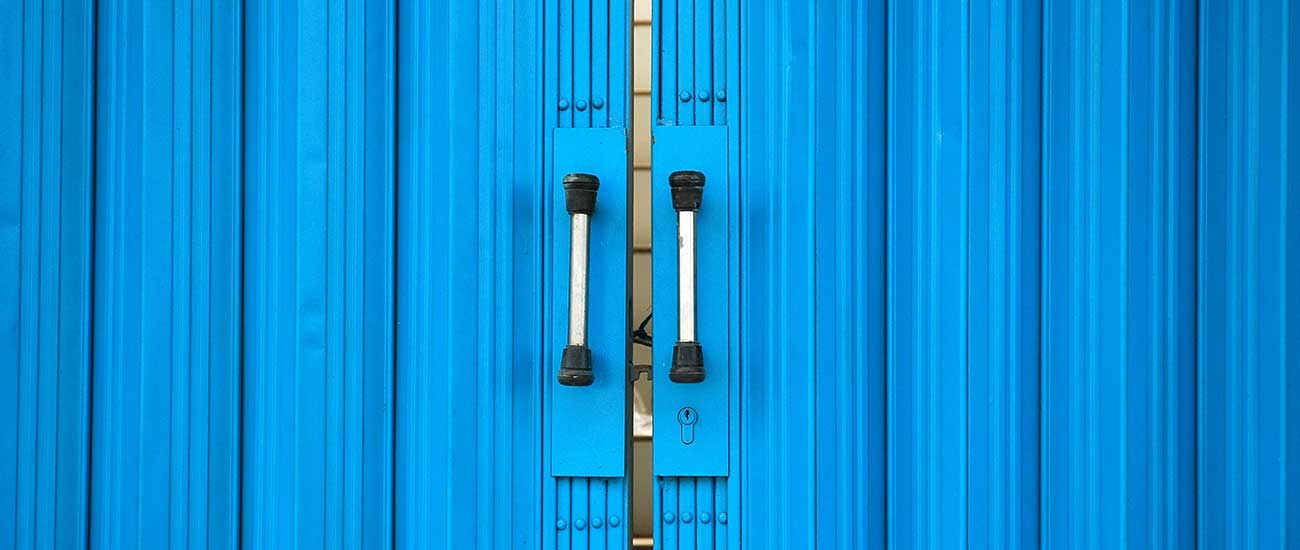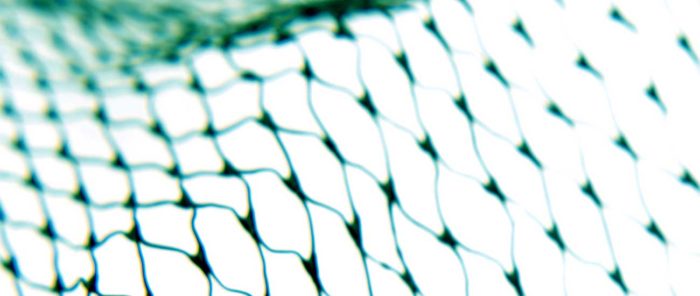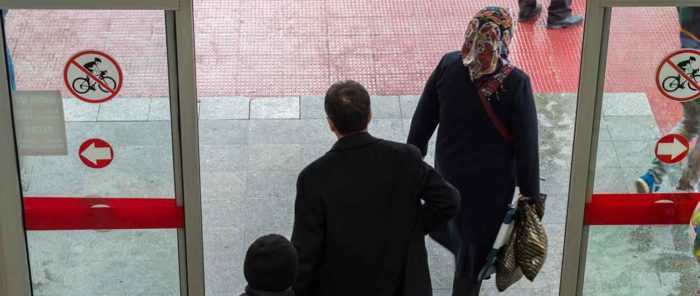Fascia + Tensegrity
Great movement scientists and thinkers are studying connective tissue called fascia. Seems like we are all talking about it, too. Understanding and appreciating fascia or ECM (extra cellular matrix) is changing the way we think about movement, pain, and how our body communicates.
One of fascia’s roles in our bodies is the balance of opposing forces also called tensegrity. With a tensegrity model, we may explore balanced action of opposing forces that reside in a constant state of tension and under compression.
Reads a lot like family dynamics to me. Who hasn’t felt tension and pressure from those with whom we are in relationship with? And relationships, inherently, have tension.
I know when I feel excess tension in my body that I am unable to relieve through my movement practices of yoga / pilates, I head to a trusted massage therapist.
Recently, following a great session of body work, I ran into a convenience store for more hydration (read: water). And, there on the doors was my tensegrity message of the day.
Push? Pull?
On a massage table, you can feel that it requires both a push and a pull to open tissue. In Pilates & Yoga work, we are constantly cueing our students to draw into center (pull or muscle energy) and extend or radiate out from center (push or organic extension). My senior Yoga teacher, Jenny Otto, told me a long time ago that everything in the body is either a push or a pull.
Not only in our bodies, but also in other structures – there’s a balance of forces. This balance of opposing forces is why the world’s tallest building – Burj Khalifa in Dubai can rise over 2,700 feet.

Architects and structural engineers understand that it’s a balance of compression and tensile forces. Suspension bridges help us understand how the various parts support the whole. As well, bridges help us appreciate the beauty of a system that is able to respond to forces and also maintain its structure.
The incredible balance of push and pull is why the world’s longest bridge – Danyang-Kunshan Grand Bridge – can span beyond 540,000 feet.
Choose your door.
So, I’m thinking Push Pull is all about life.
When I met my husband 25 years ago at a business meeting in D.C., we walked out of the building together. Being a gentleman, he allowed me to go through the doors first. He quickly remarked, “I see you pushed the door open.” He then laughed and said, “I like to pull doors open.”
That my friends is the story of our marriage: the delicate balance of the person who pushes and the one who pulls.
The family joke is that when it’s time to leave… my husband is in the car waiting for us. My kids have even received a phone call telling them to get out the door because he is driving down the street. He literally PULLS us out the door by sitting in the car.
The ability and strength to literally pull people along is valuable. We’ve learned it first-hand with our son as we understood his role as an ocean rescue lifeguard.
While my husband has taught our children the value of life’s pull, on the other hand, I have educated them on the push. I PUSH my kids out the door. In early childhood, they learned this lesson so well that they both would be sitting in the car waiting for me when it was time to leave. I’m regularly the last one out the door because I’ve pushed from behind.
How do you move forward in life?
In your life do you push more to get things done? Are you pushing forward? Leaning forward at the waist. Striving to get it done? Asking lots of questions? Constantly seeking?
Or do you pull more? Waiting for others to come toward you? Leaning back as you move forward. Do you listen more? Are you drawing energy off of other people?
What puts us in the middle in our bodies, our relationships, and the evolution of our life is the balanced action of both the push and the pull. So to find the balanced action you gotta figure out about you and know — do you push more or do you pull more?
Observe as you go through doors that can go either way. What do you choose?
To and from center.
Another convenience store where I buy gas has doors that slide automatically on tracks to and from center to open and close. This fundamental imagery cue for connecting to Center was first taught to me by Vicki Sullivan. Imagine at your frontal hip bones 2 sliding doors. As you exhale, these doors slide to the center line of your body.
It’s totally a Pull! And for a Pusher like me, it’s what I need! Pull to Center and draw in. But even a Pusher can get too good at Pulling to Center. So, my second thought is “tack the sides of your waist back to the mat.” That is a Push or expansion from Center.
My she-ro: Mabel Elsworth Todd.
If you are a mind/body teacher or serious student and have not read Mabel Todd’s work (1880 – 1956), take advantage of the recent re-publishing of her first book, The Thinking Body. You will recognize many current ideas that folks are making millions from — ideas that originated with Mabel. While she wrote the book in the 1920’s, her writing is clear, concise and current. When you read her words, you will feel like she’s sitting next to you today simply explaining how the body works.
Over the years, I’ve recommended the book to many teaching colleagues as well as encouraged reading it in teacher trainings. All who have read Mabel’s words have been blown away! Mabel was ahead of her time.
Mabel’s work will give you a better appreciation of the balancing forces of Push Pull in the body. There are lots of ways to learn more about you, your body, how it works, and how to create balanced action. This is just one option.
So, pick your door. How do you prefer to enter a space? Now, learn another way.
Check These Out
Based on your interest, we've curated these articles just for you.
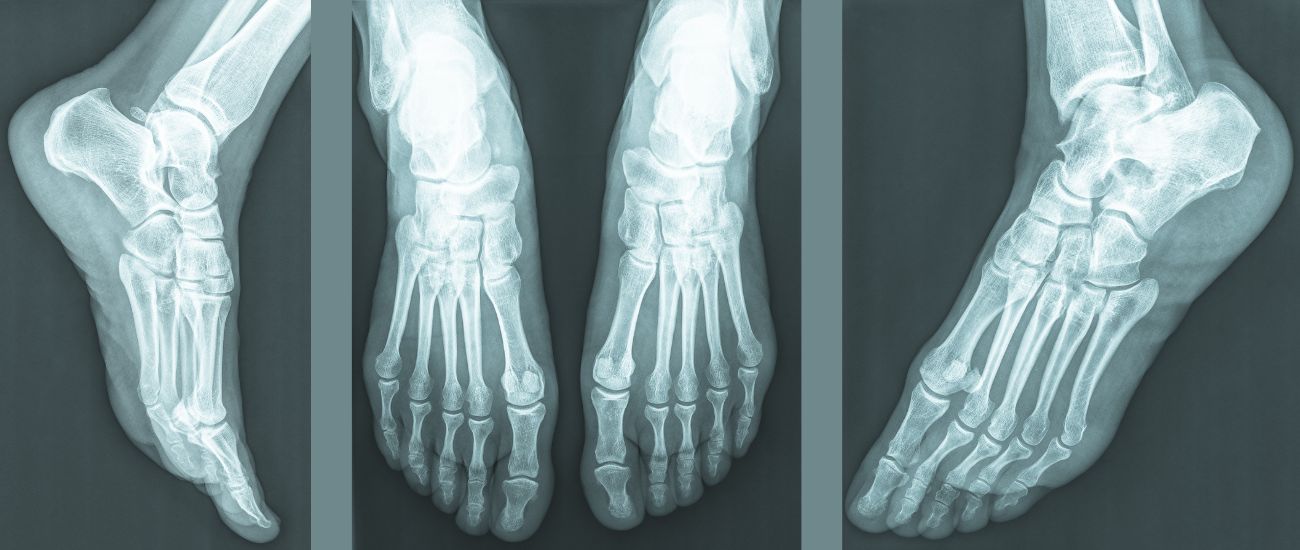
Foot Pain? Feel better ideas.
Do you have foot pain? Or are you trying to not have foot pain? Feel better with a few ideas. Disclaimer right off the top. Always talk with your medical and wellness team if you are in pain as well as if certain ideas are appropriate for you. If you’ve never experienced foot pain, you’re… View Article
3 min read
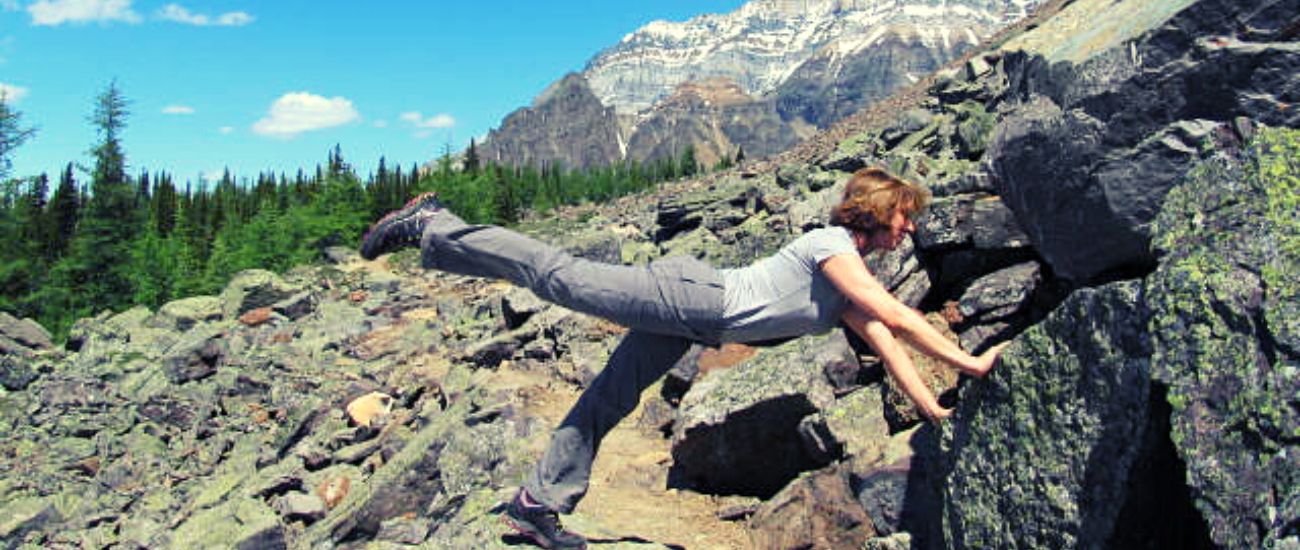
Stretches While Walking
Walking is the best exercise. To keep us on our feet and moving with ease, we often get tips for stretching before and after walking. For years, the rebel in me has been doing stretches while walking. Benefits of Walking Researchers promote walking as a terrific way to improve or maintain our overall well being…. View Article
5 min read
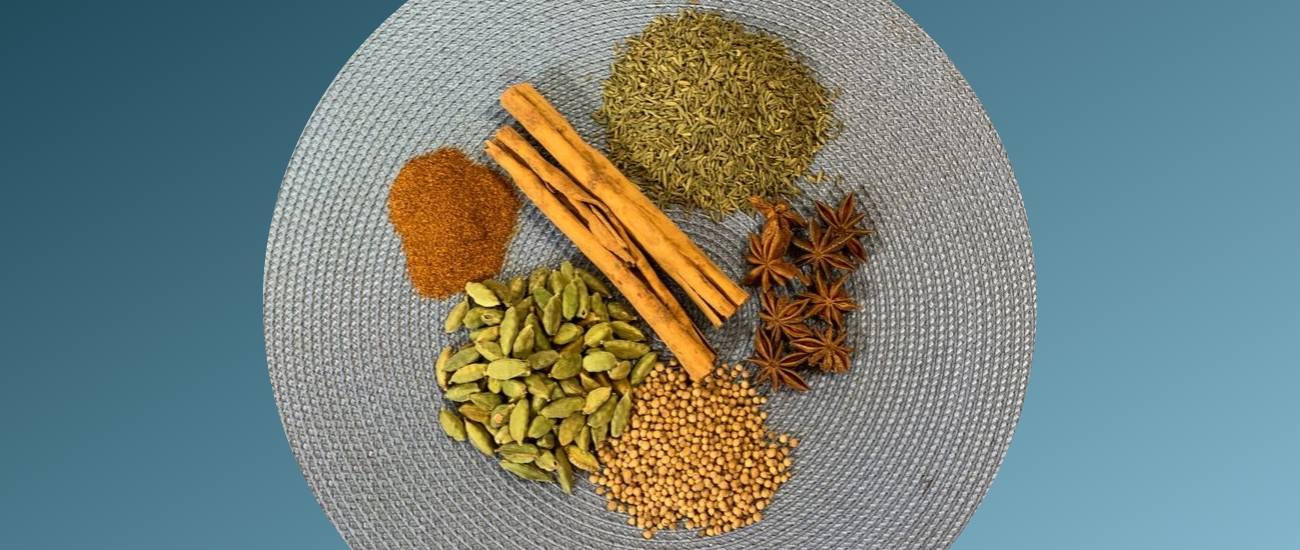
Healing Elixir
This really is a magic potion. It’s decreased inflammation in my body, significantly. I started making and drinking this awesome healing elixir after a long month of travel. Sitting on airplanes and driving in cars can make my leg lock up. Below is the phenomenal recipe that may help you feel better, too. This recipe… View Article
8 min read

